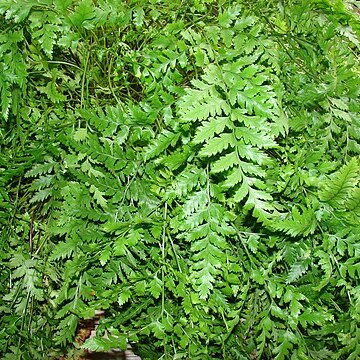Sori dorsal subterminal on veins, indusium peltate or orbicular reniform; sporangia stalked; annulus incomplete, vertical. Spores bilateral, becoming verrucose by shrinking of epispore. Rhizome far-creeping, dictyostelic, paleate; stipes us. paleate, if hairy then with unicellular hairs. Lamina anadromic, us. decompound. About 50 spp., mostly of China, but those with reniform indusium sts placed in Polystichopsis J. Smith, 1875.

